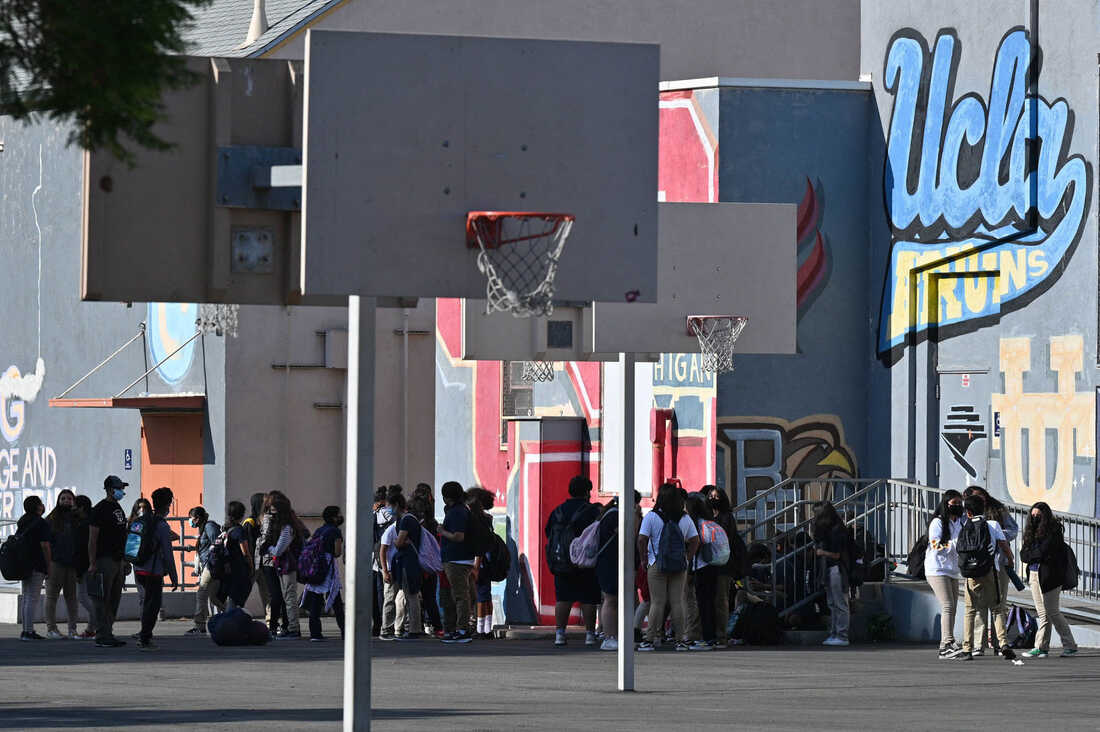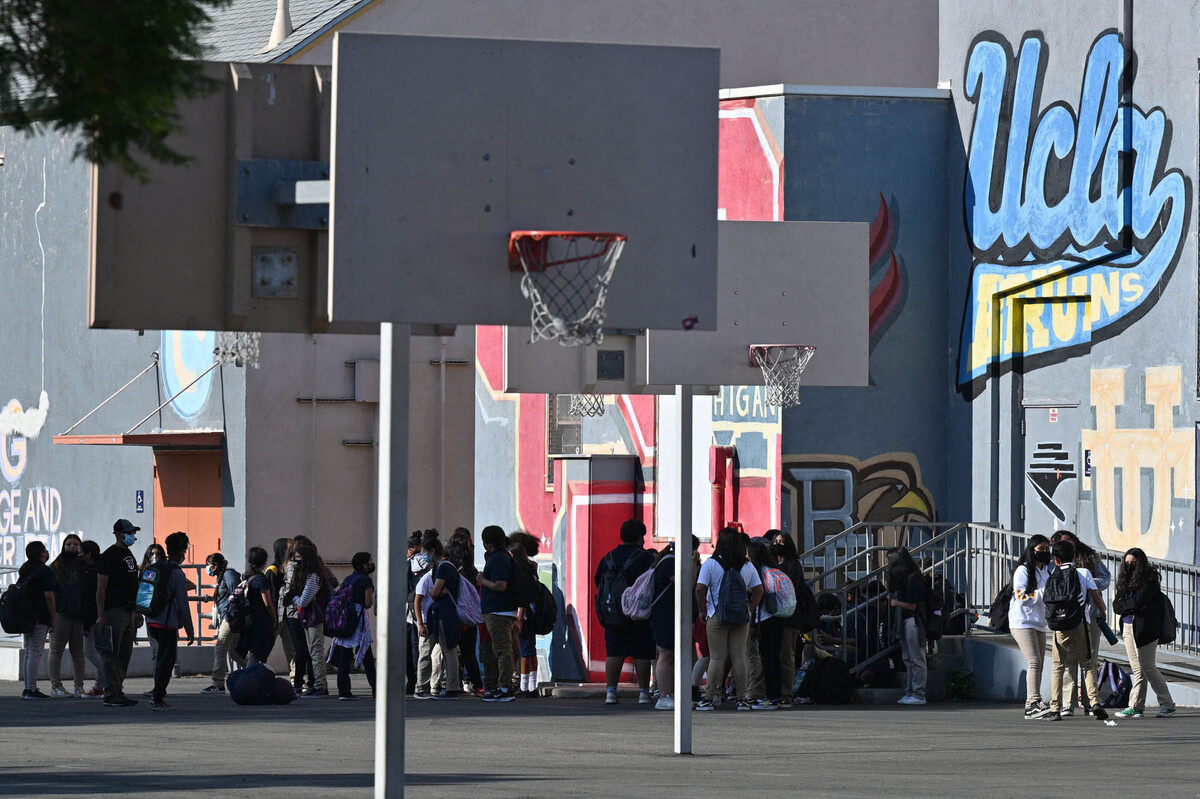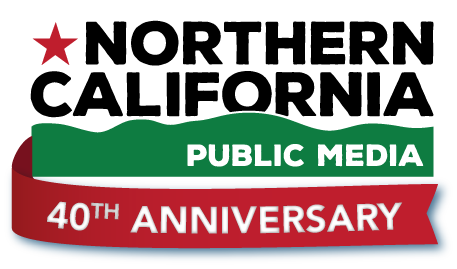
Students walk to their classrooms at a public middle school in Los Angeles, California, September 10, 2021. Robyn Beck/AFP via Getty Images hide caption

Students walk to their classrooms at a public middle school in Los Angeles, California, September 10, 2021.
Robyn Beck/AFP via Getty ImagesPublic school enrollment dropped three percent nationwide during the 2020-2021 school year.
NPR's education team continued to track enrollment this school year and found that while districts have gained students, a significant majority are still not back to where they were prior to the pandemic.
A similar story has unfolded in Los Angeles, Chicago and at more public schools across the nation.
NPR education reporter Cory Turner looked into why students are still not coming back to school and what schools are trying to do about it.
Meanwhile, some of the students not enrolled in public school have started being homeschooled during the pandemic. WBHM education reporter Kyra Miles spoke to Black families in Alabama who are choosing that option in increasing numbers.
Email us at
This episode was produced by Brianna Scott. It was edited by Anya Kamenetz, Cory Turner, Lee Hale, and Ashley Brown. Our executive producer is Cara Tallo.

 Live Radio
Live Radio